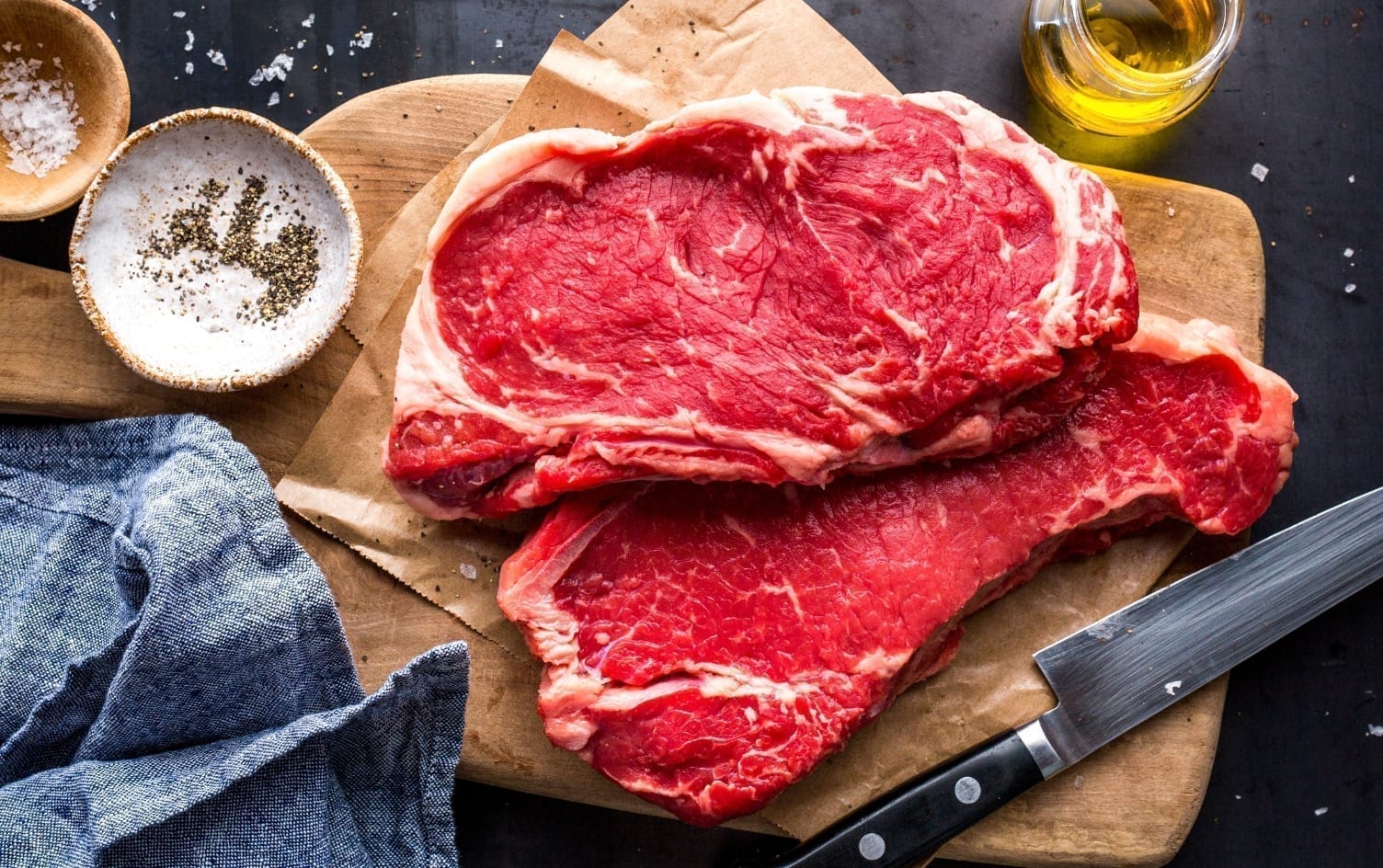With rising obesity and more meat consumption, gout is back on the medical radar — and even keto and low-carb diets may have an effect on risk.
Gout is a form of inflammatory arthritis that affects about 4% of U.S. adults, which is around 8 million people, and it tends to strike men more than women. For some, the disease is minor, with only occasional flare-ups. But for others, gout can be a source of chronic joint pain, and may become challenging to treat.
“It’s vital to control gout, because too many flare-ups can erode the bone,” says Dr. Janette Nesheiwat, a family medicine practitioner. “Over time, that can put your affected joints at risk.”
Unfortunately, there’s no cure for gout, but it can be managed in a way that increases episodes of non-symptomatic remission, and there are certainly numerous prevention strategies that not only lower your chances of getting the disease, but also reduce the possibility it will worsen if you do develop gout.
WHAT IS GOUT?
Gout is initially caused by an excess of uric acid in the blood, a condition called hyperuricemia.
Most of your uric acid is produced naturally, but around 1/3 comes from what you eat. Certain foods contain chemical compounds called purines, and the body breaks these down by converting them to uric acid.
During that process, uric acid crystals can form, and if there’s too much, the kidneys can’t flush them out, so they begin building up in the bloodstream. If they start to get deposited in your joints, these needle-shaped crystals cause inflammation as well as intense pain, swelling, tenderness, redness and heat. When that leads to arthritis in the joint and its surrounding tissues, then you’re dealing with gout.
It’s important to note that not everyone who develops hyperuricemia ends up with gout, says Dr. Cara Pensabene, of preventative health service EHE Health. So, just because you tend to like foods that are high in purines, it doesn’t mean you’ve doomed yourself to the condition. But there are certain factors that can increase your chances of getting it, she notes.
In addition to being male, age is a consideration, with those older than 65 having higher incidence. Family history can be a contributor, with a potential genetic connection. Alcohol consumption is another big issue, since drinking interferes with the removal of uric acid from the bloodstream, Dr. Pensabene says. She adds that health issues like renal insufficiency, high blood pressure, diabetes and an underactive thyroid can raise your gout risk, since those may reduce the body’s ability to remove waste products like uric acid efficiently.
WHAT ABOUT KETO AND LOW CARB?
A big culprit in the rise of gout lately is the disease’s strong connection with excess weight.
“Being overweight increases the risk of gout, as there is turnover of body tissue, which means more production of uric acid as a metabolic waste product,” says Dr. Pensabene. “Higher levels of of body fat also increase levels of systemic inflammation as fat cells produce pro-inflammatory cytokines.”
To control weight, many people are switching to a low-carb diet, and may also integrate higher fats, as with keto. Are they dooming themselves to gout? Not necessarily, according to Dr. Andreas Eenfeldt, family medicine physician and founder of a low-carb website, Diet Doctor.
He notes that a connection between low-carb and keto diets and gout hasn’t been established, but there may be a possibility of a temporary increase in gout during the first 4–6 weeks on a very strict low-carb diet. But, he adds, after this initial period, the risk returns to what it was before, and this type of diet may even be protective against gout.
Also, Dr. Eenfeldt says, the increase in risk tends to be small or moderate, so ditching a low-carb or keto diet just to prevent gout doesn’t make sense. Instead, there are a number of better strategies in terms of food that can help.
PREVENTION TACTICS
Even if you don’t fit into any of the high-risk categories, gout can affect anyone, Dr. Pensabene says. Being more mindful about what you eat, and making an effort to lower inflammation can go a long way toward steering yourself away from the condition.
For those who already have gout, it’s usually recommended to follow a low-purine diet that involves lower amounts of red meat, shellfish, alcohol, soda and high-fat foods.
In terms of prevention, you don’t need to skip these foods altogether — just focus on boosting your diet with more anti-inflammatory choices such as blueberries, tart cherries, ginger, nuts and seeds, avocados and dark chocolate.
Avoiding sugar is another great tactic, adds Dr. Eenfeldt. He notes that there’s a striking history of gout becoming common in populations just as sugar consumption starts to rise significantly. That’s likely because fructose, one of sugar’s major components, sharply increases your level of uric acid.
As you make more healthy changes to your diet, you may see body composition changes, such as lower weight and body fat percentage. This change in itself can reduce inflammation, since carrying extra fat can promote inflammation.
By focusing on knocking out inflammation, not only will you help prevent gout or lessen its effects, but you can also reap the other health benefits of this strategy, like better weight management, as well as lower risk of heart disease and some cancers. Gout may be on the rise, but lifestyle tweaks mean you don’t have to be part of the trend.




